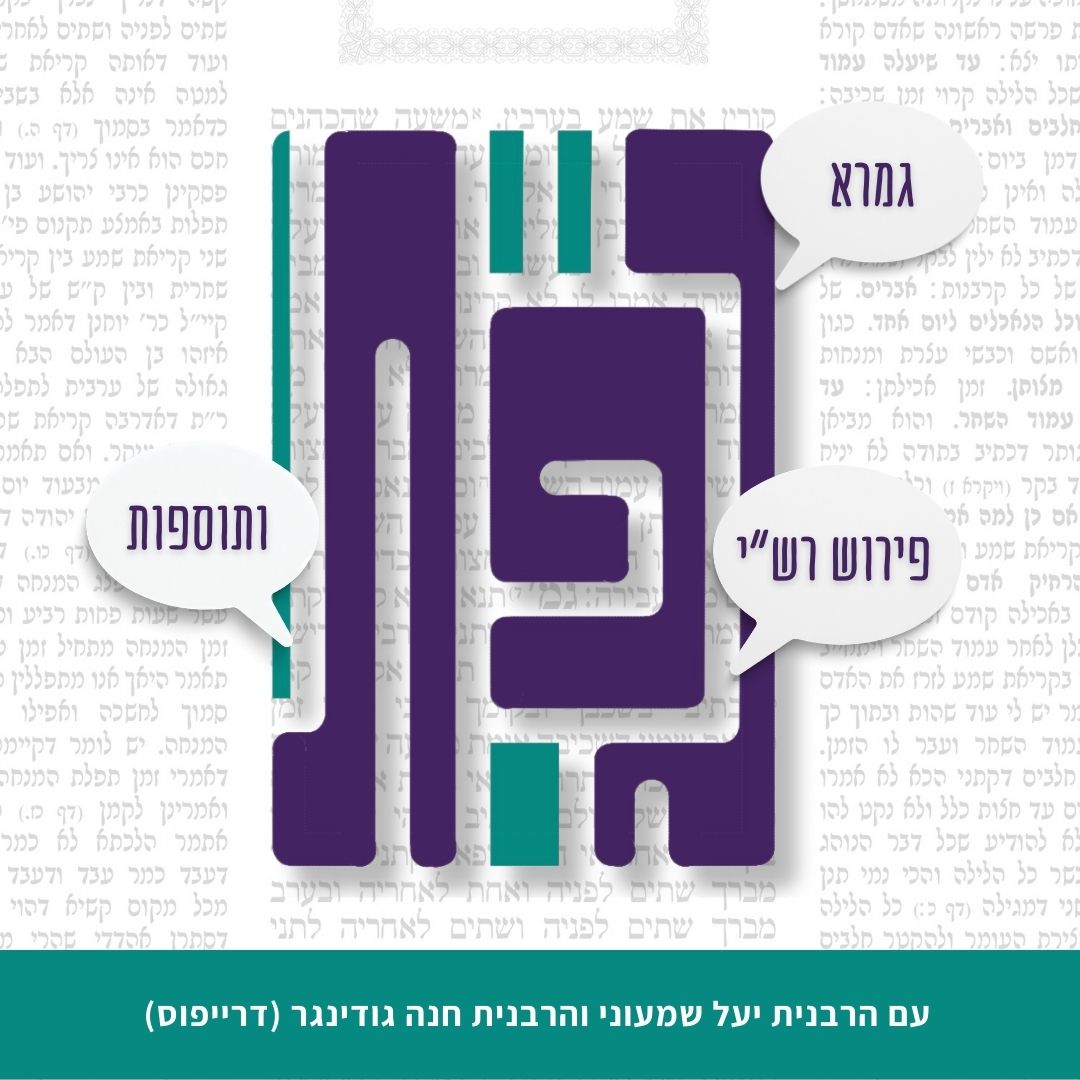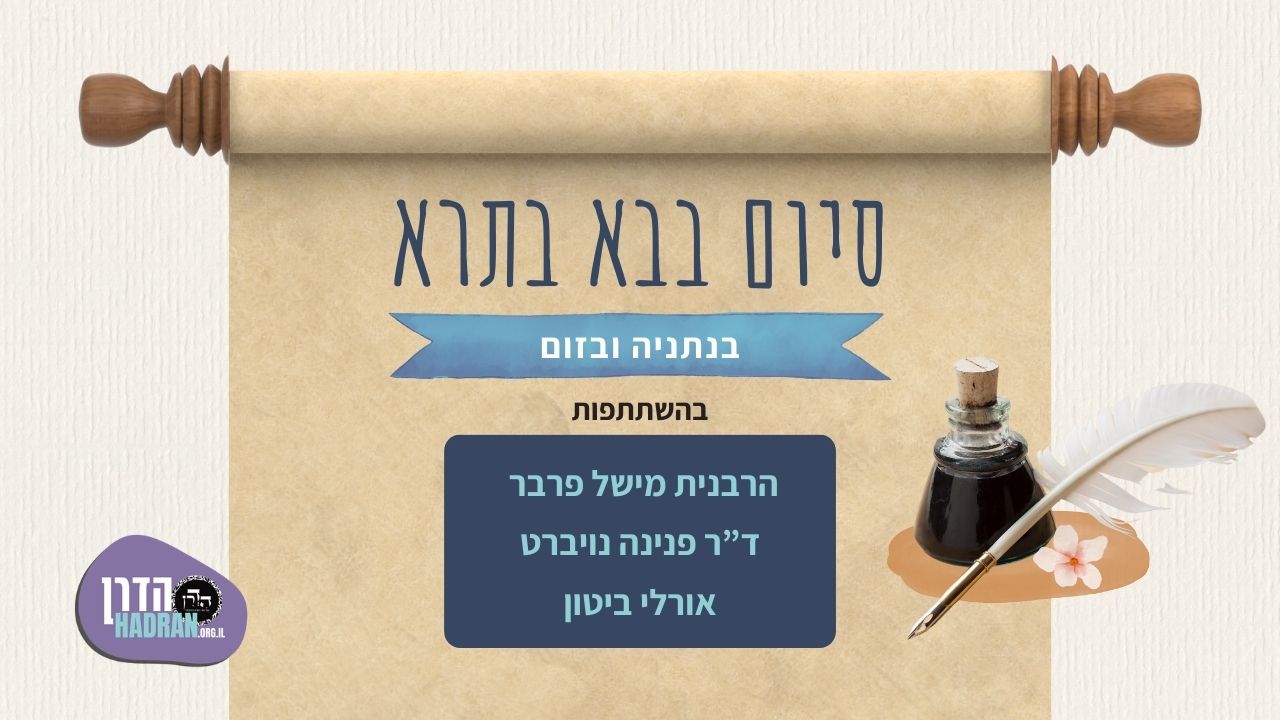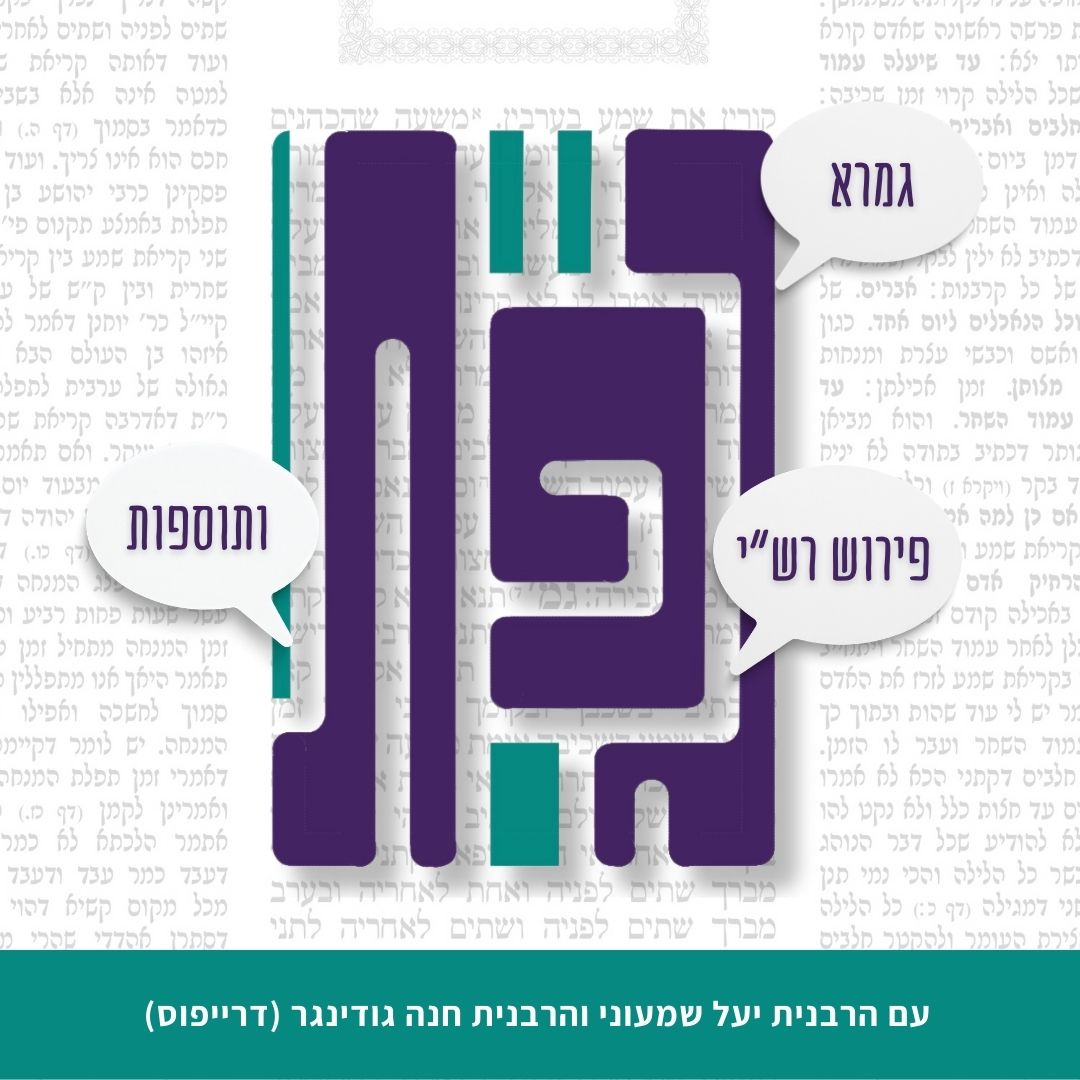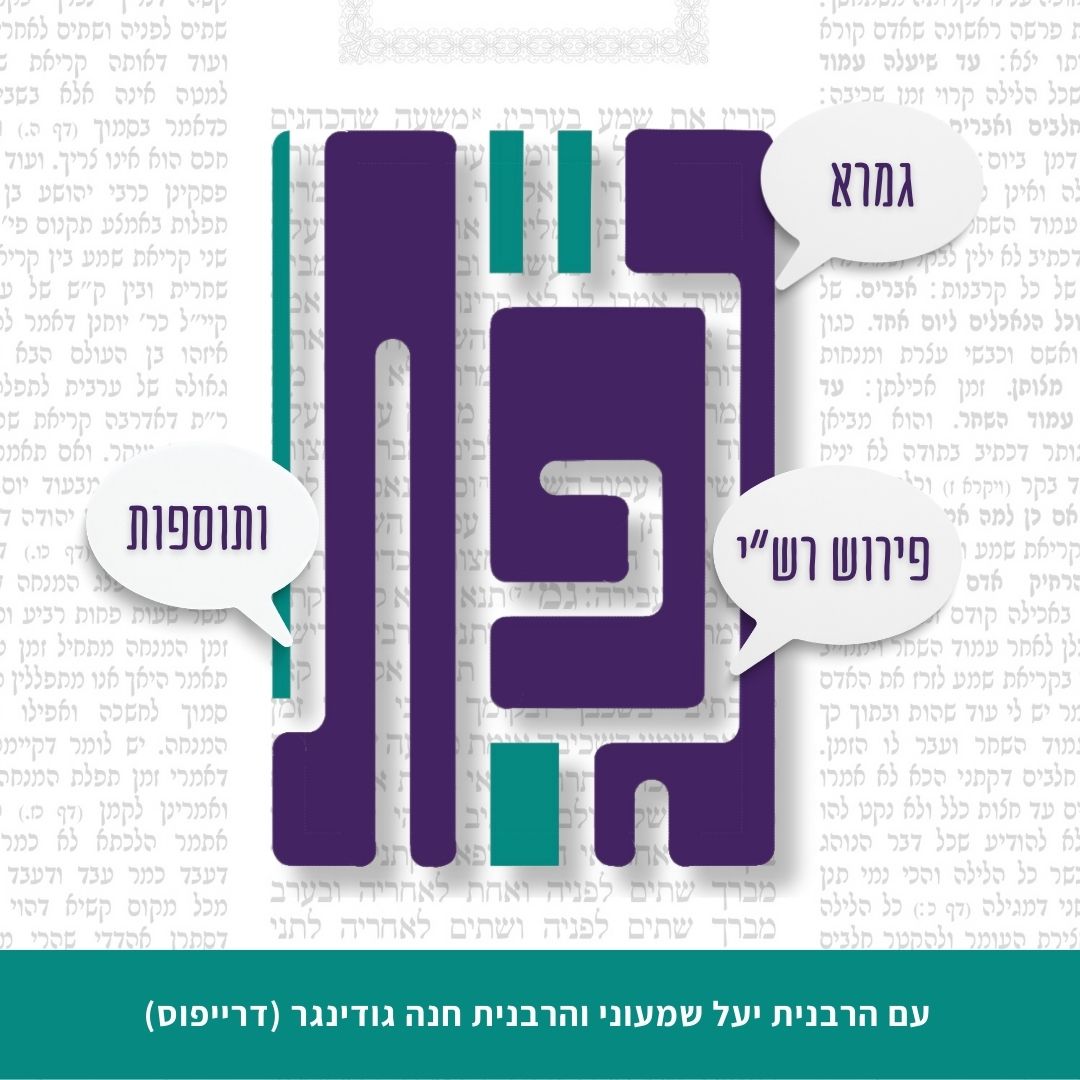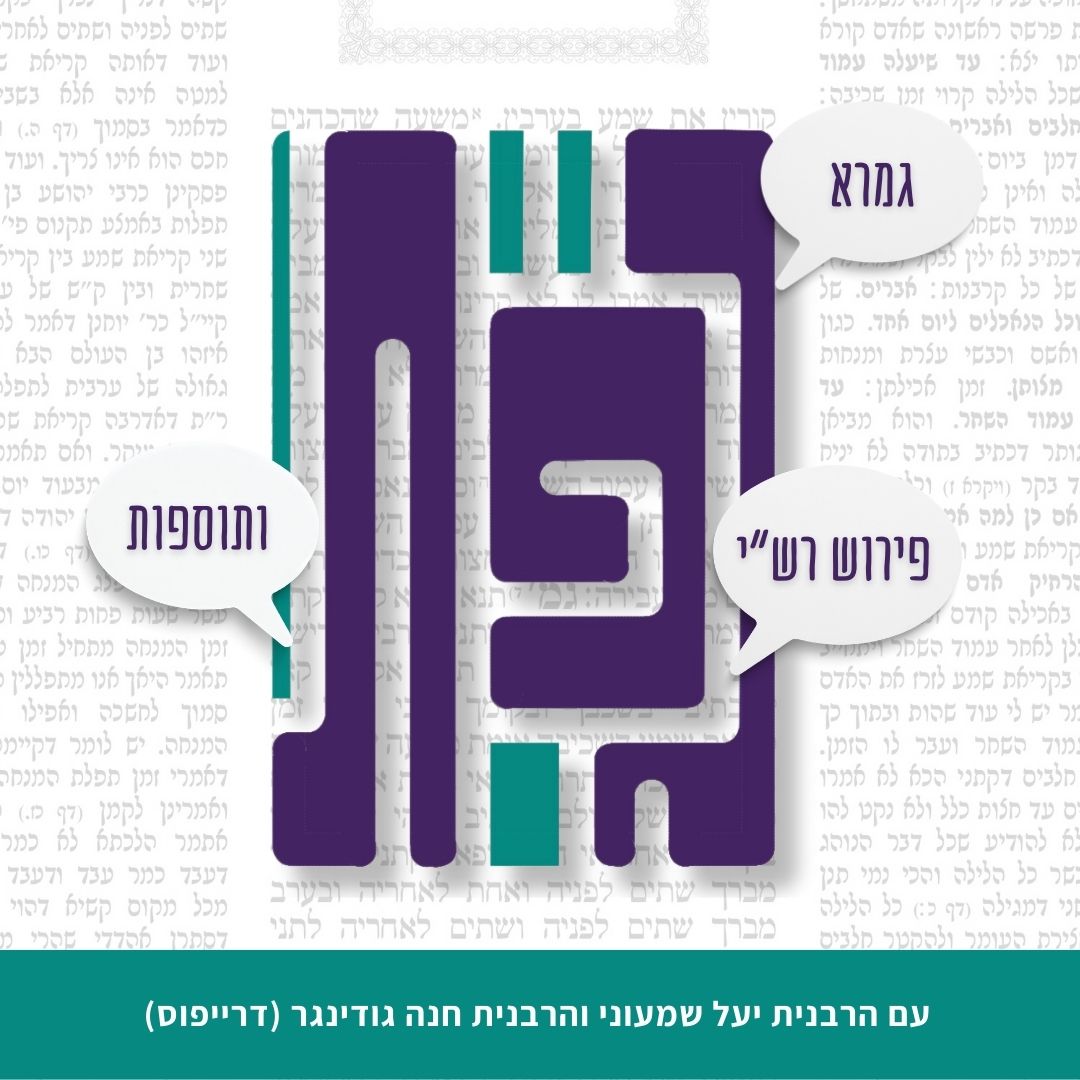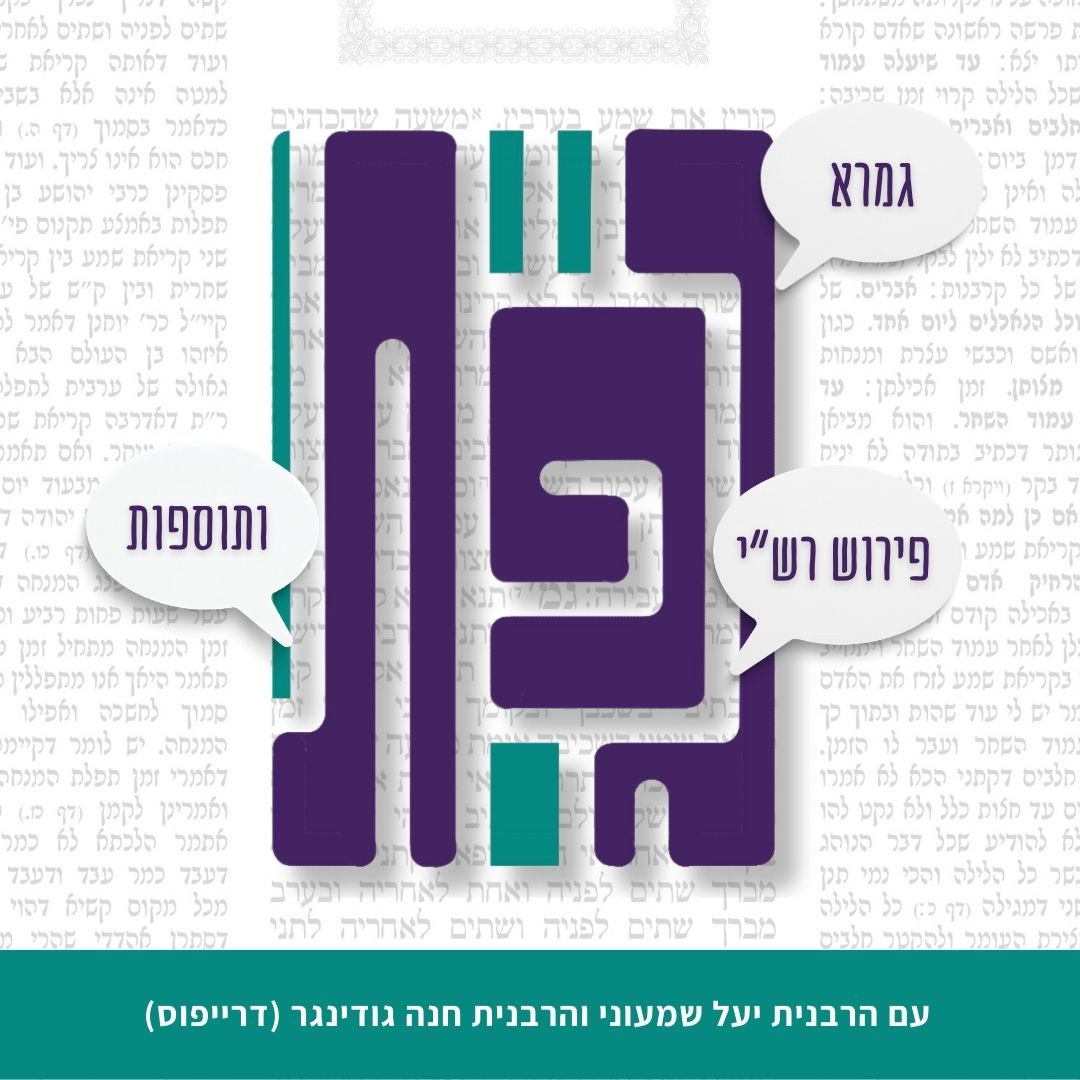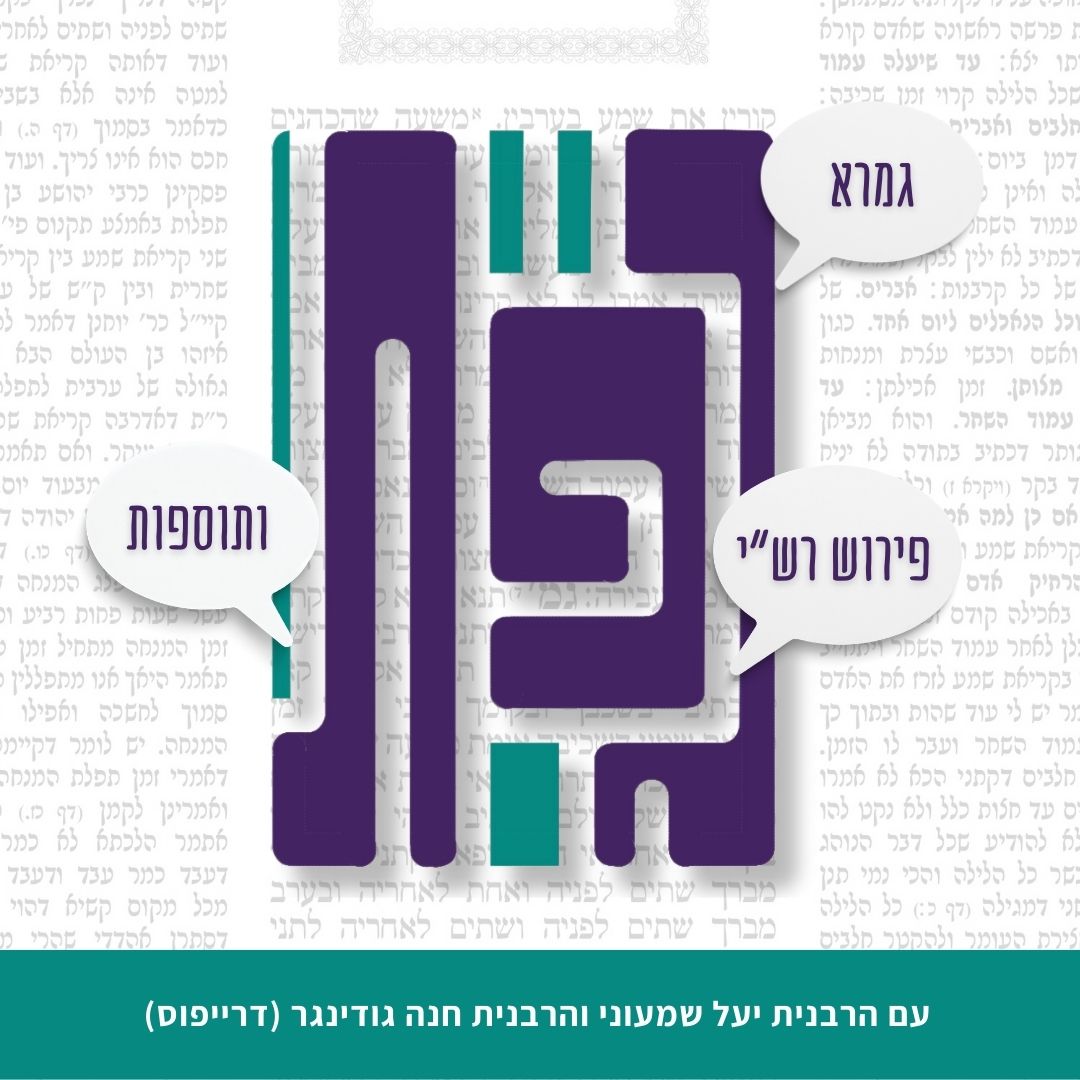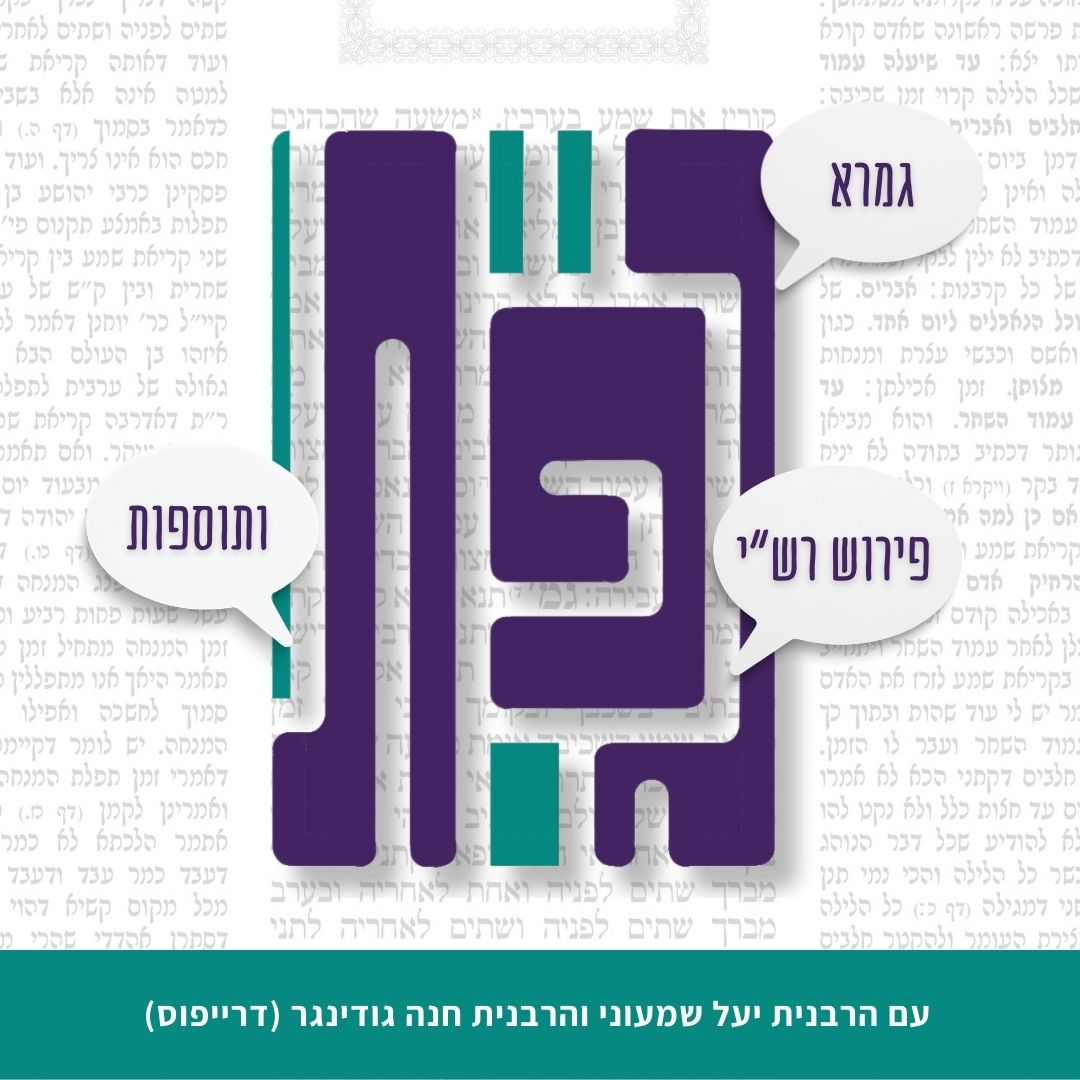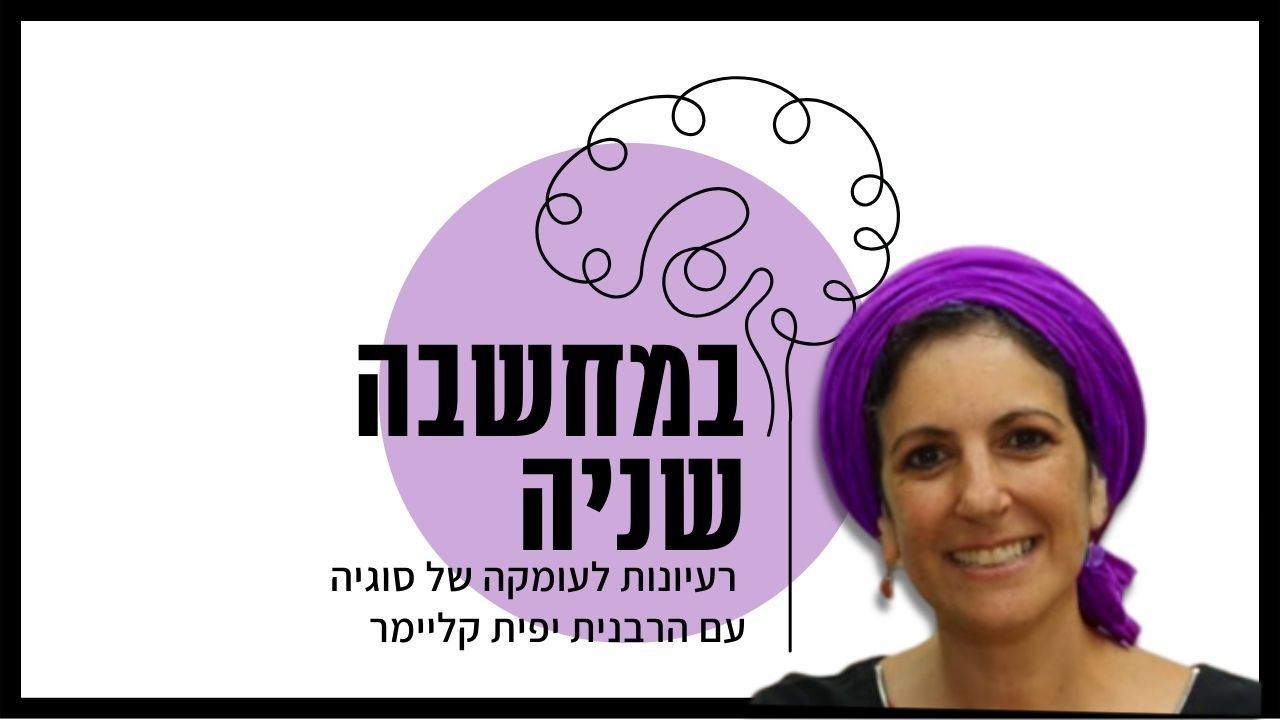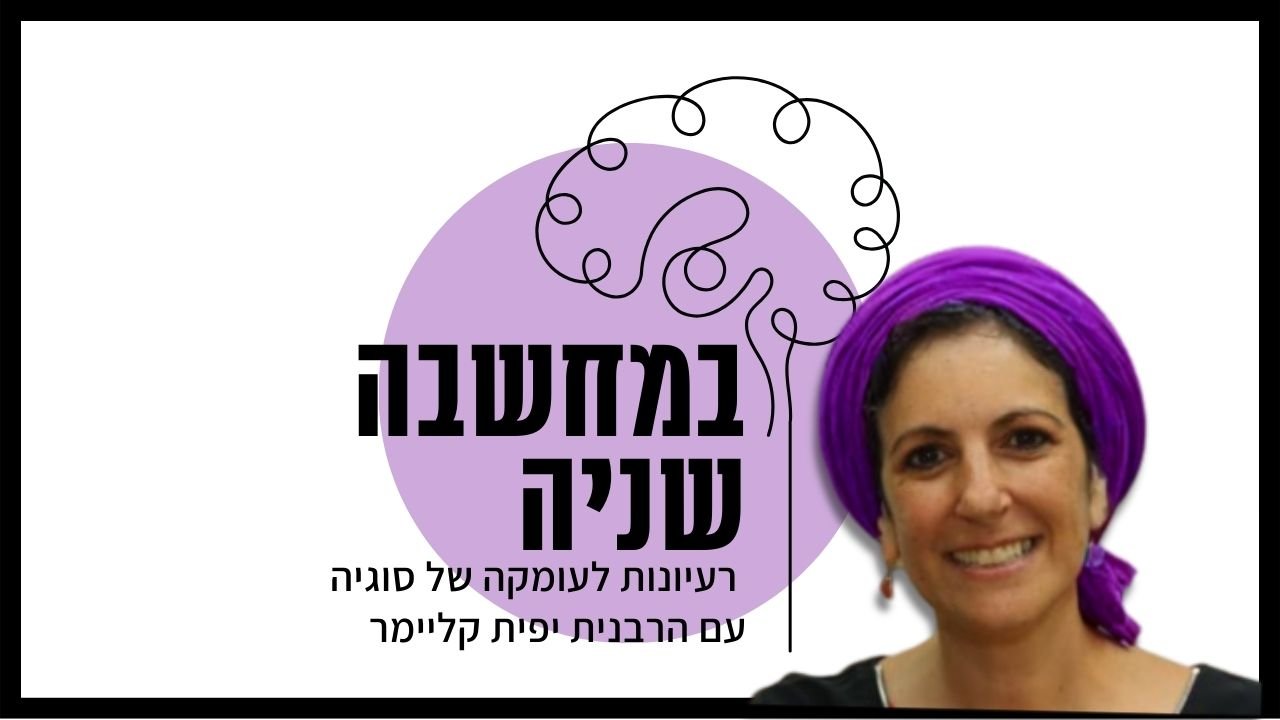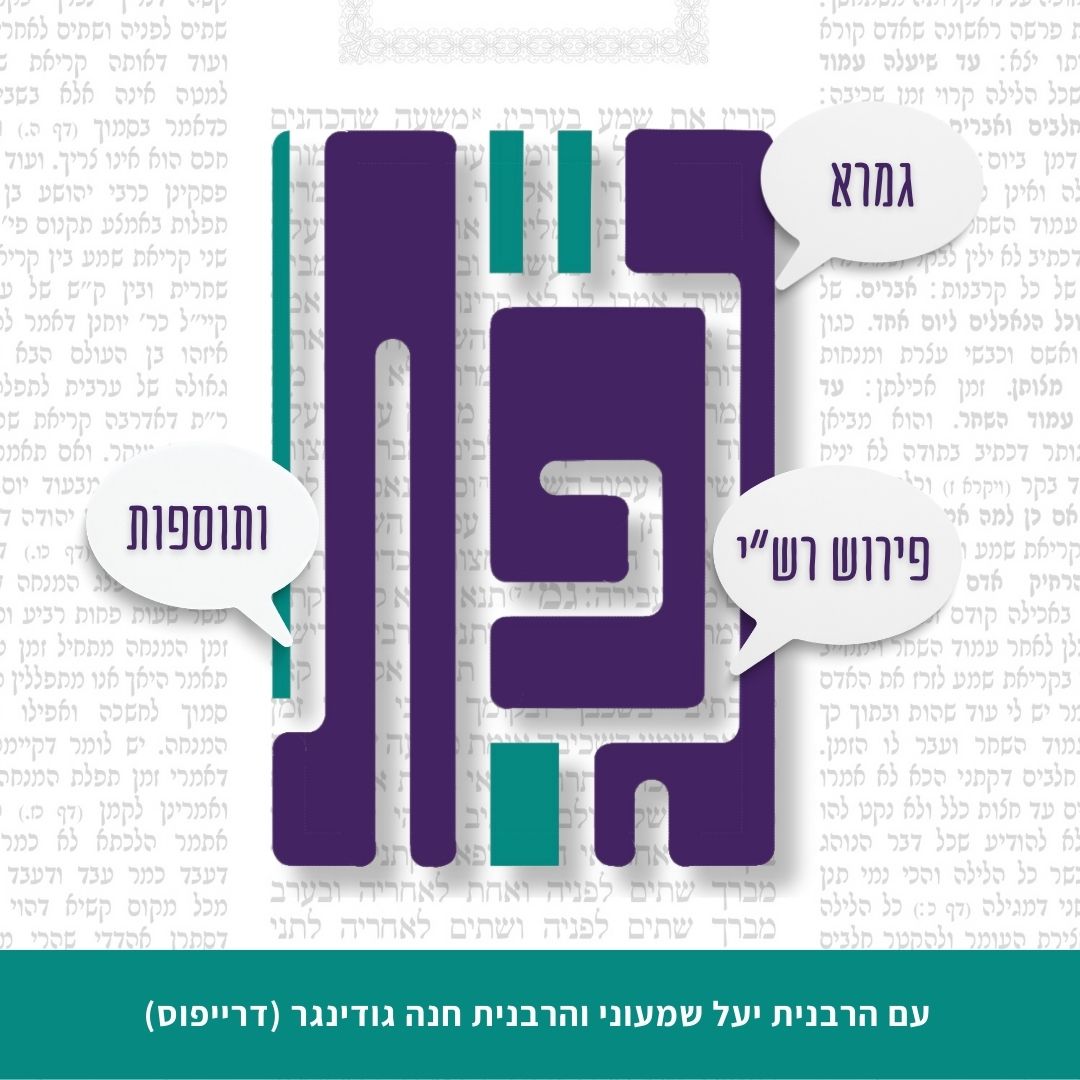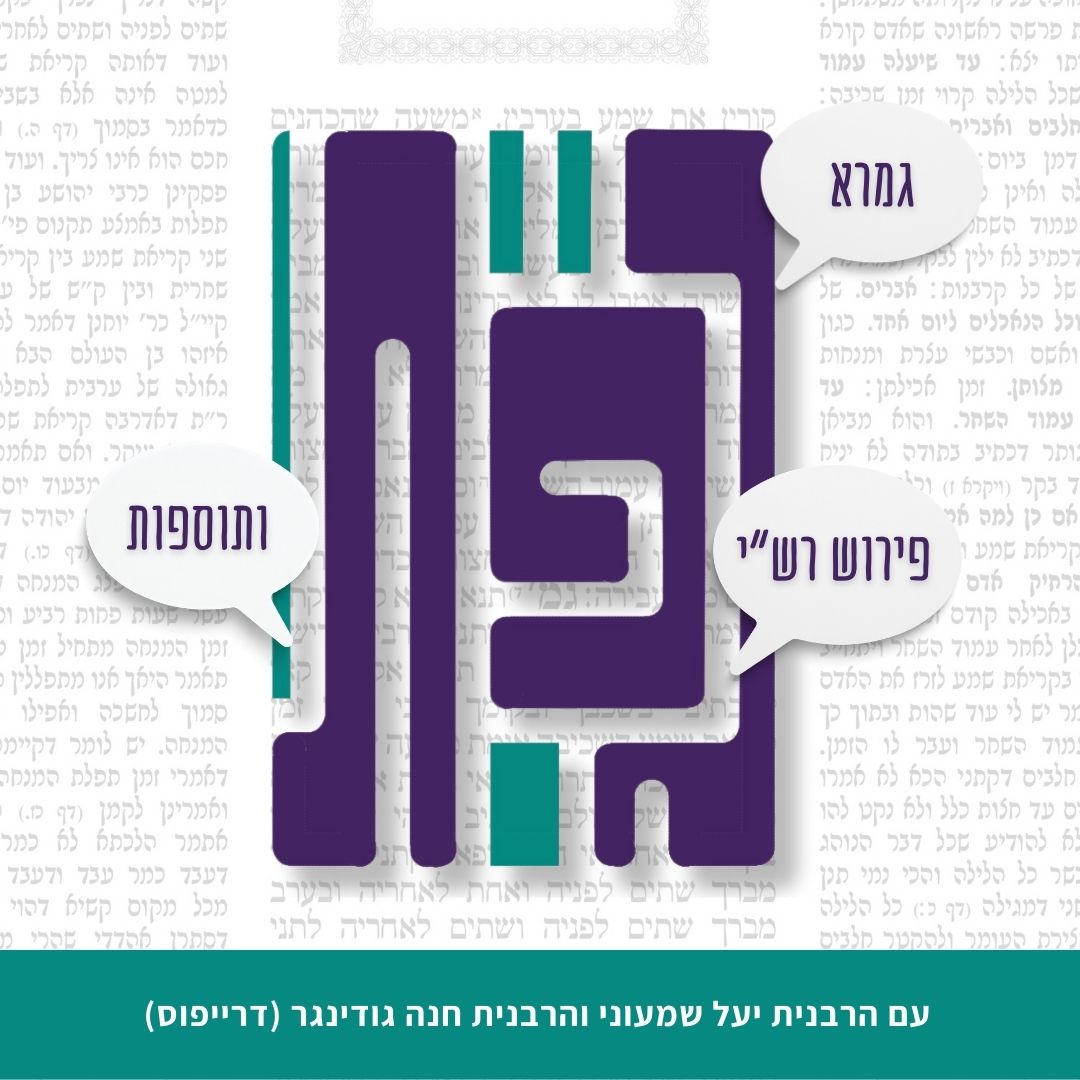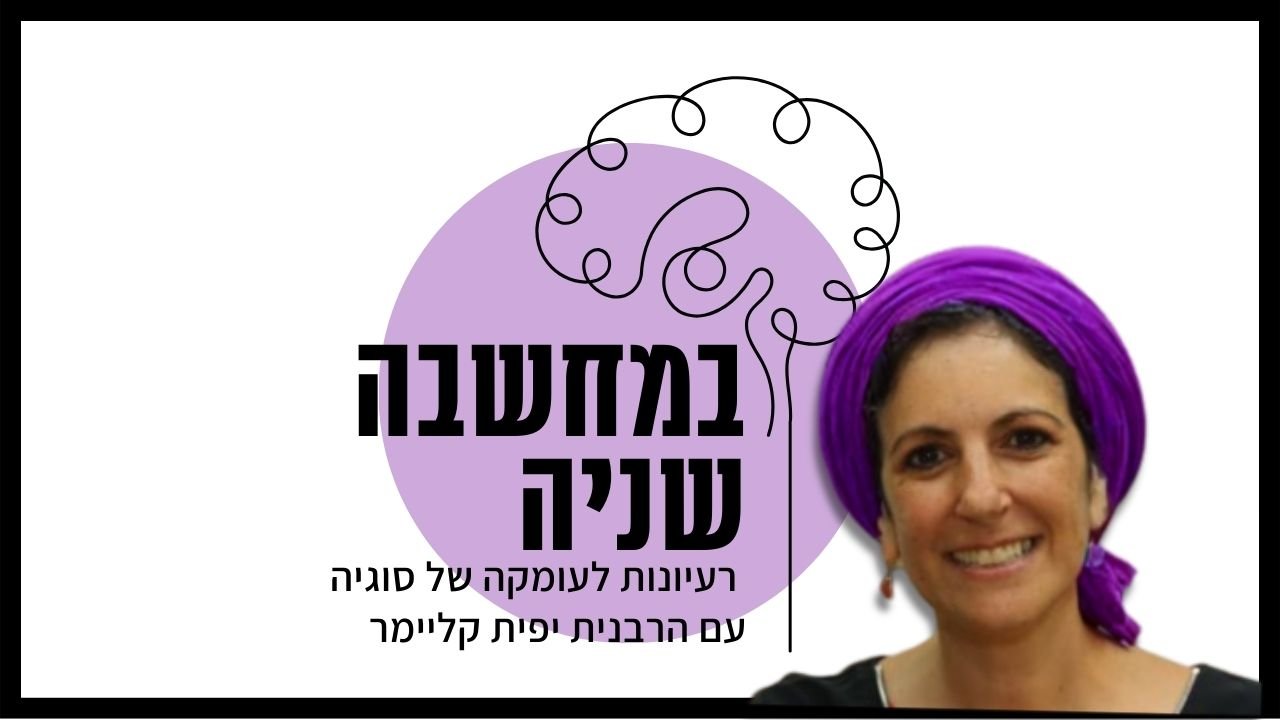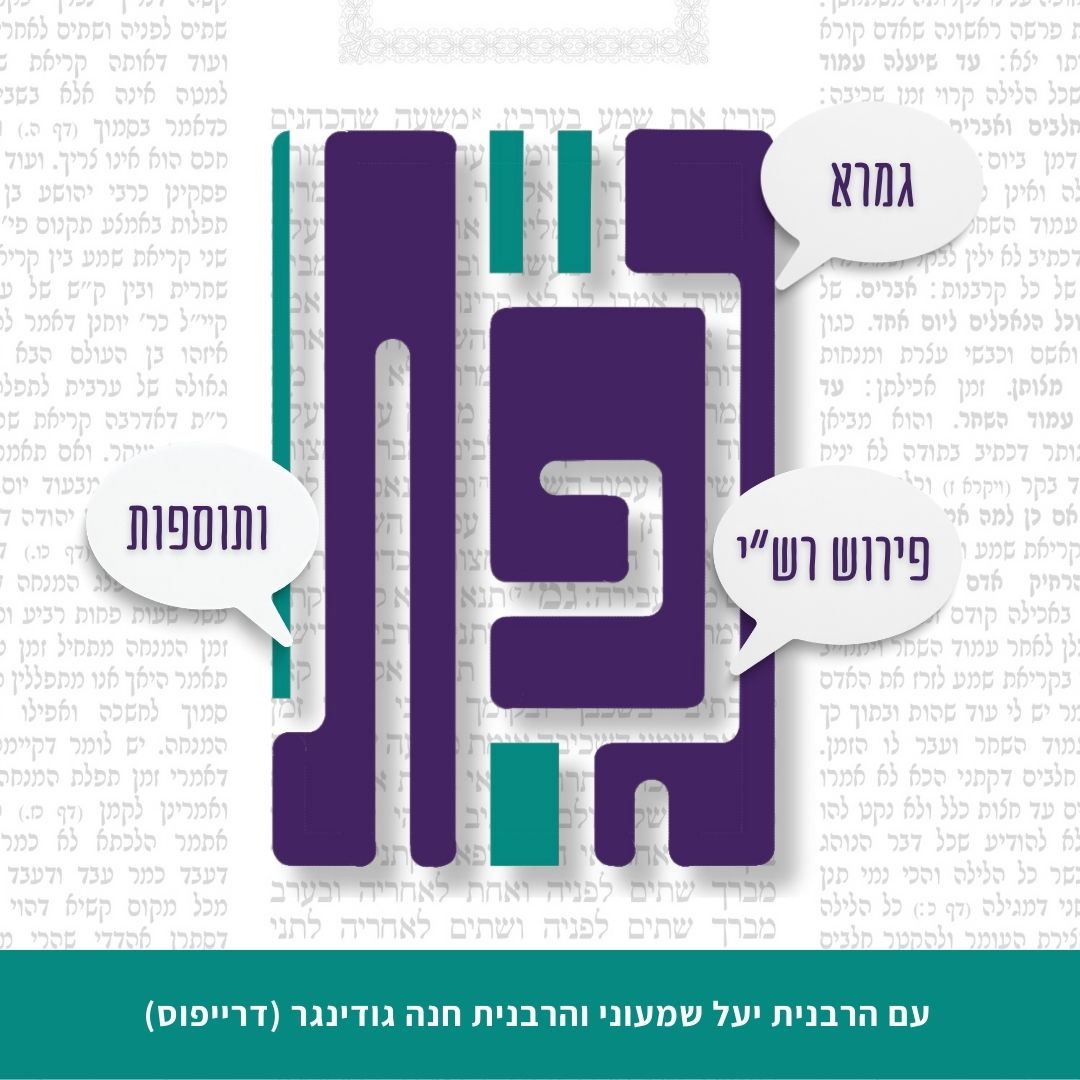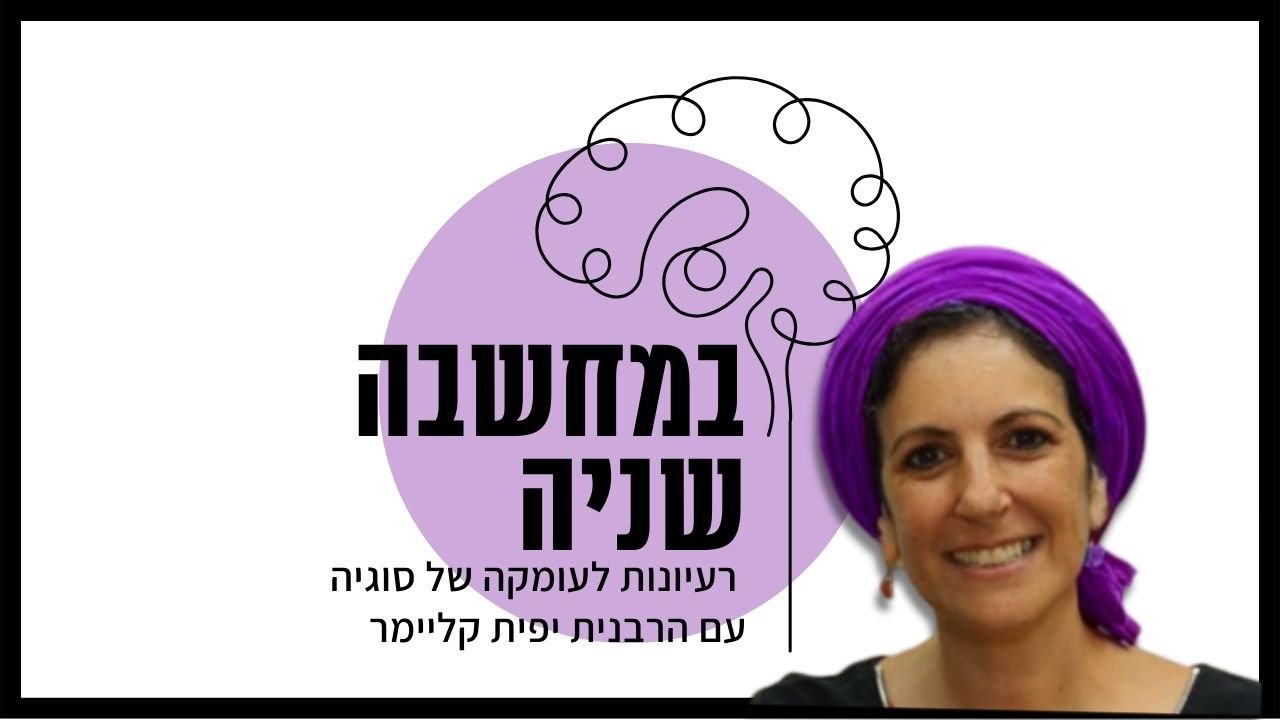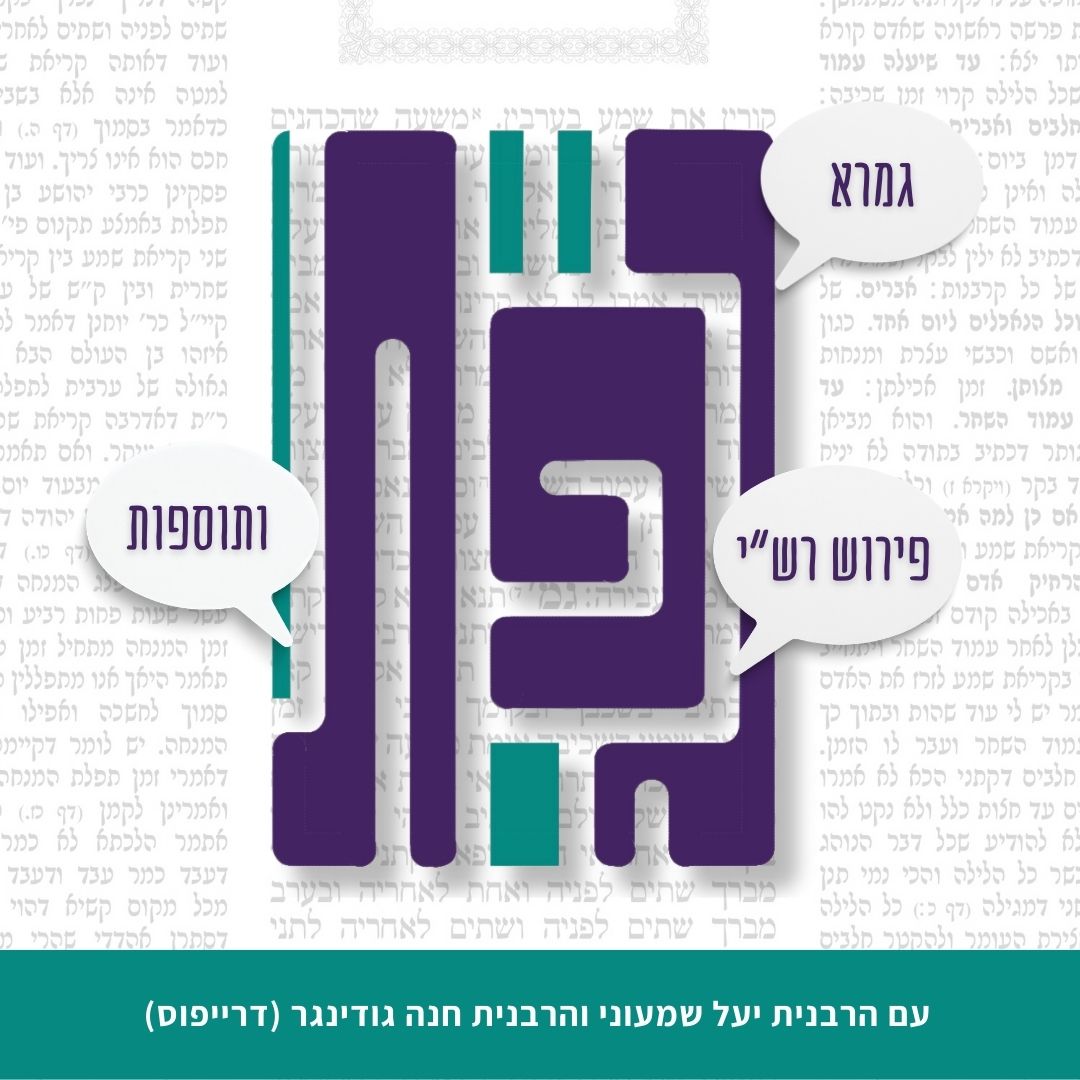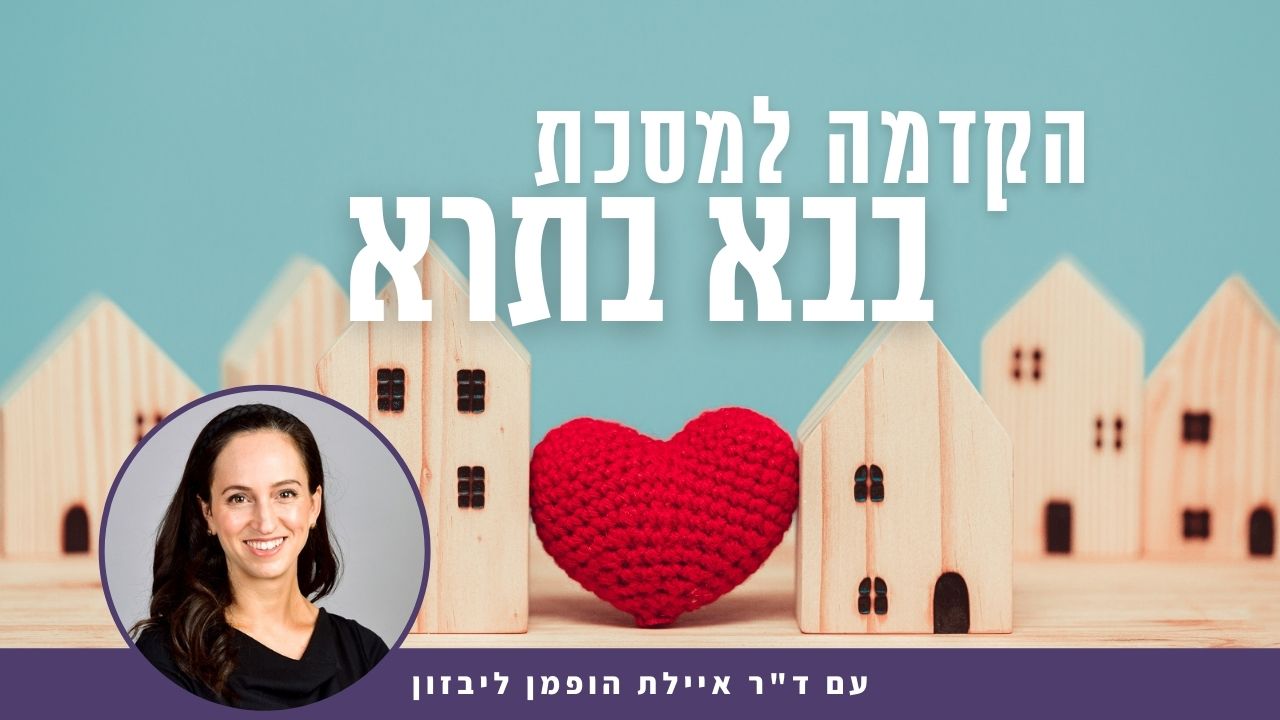בבא בתרא סט
גְּמָ׳ מַאי ״אֲבָנִים שֶׁהֵן לְצׇרְכָּהּ״? הָכָא תַּרְגִּימוּ: אַבְנֵי דְאַכְפָּא. עוּלָּא אָמַר: אֲבָנִים הַסְּדוּרוֹת לְגָדֵר. וְהָא תָּנֵי רַבִּי חִיָּיא: אֲבָנִים צְבוּרוֹת לְגָדֵר! תְּנִי: ״סְדוּרוֹת״.
GEMARA: The mishna teaches that one who sells a field has sold the stones in the field that are for its use. The Gemara clarifies: What is meant by stones that are for its use? Here in Babylonia they interpreted it as follows: Stones placed on the sheaves in the field to protect them from being scattered by the wind. Ulla says: The mishna is referring to stones that are arranged for the future building of a fence for the field. The Gemara asks: But didn’t Rabbi Ḥiyya teach in a baraita that they are stones that are piled up for the future building of a fence, and not necessarily arranged? The Gemara answers: Teach that Rabbi Ḥiyya said: They are stones that are arranged for the future building of a fence.
הָכָא תַּרְגִּימוּ אַבְנֵי דְאַכְפָּא; לְרַבִּי מֵאִיר – דִּמְתַקְּנָן, אַף עַל גַּב דְּלָא מַחֲתָן; לְרַבָּנַן – הוּא דְּמַחֲתָן.
The Gemara elaborates on the two explanations: It was stated that here in Babylonia they interpreted the mishna as referring to stones that are placed on the sheaves. According to Rabbi Meir this should be understood as referring to stones that are ready to be used to protect the sheaves, even though they are not yet placed on them. This is in keeping with Rabbi Meir’s opinion that whenever a place is sold, all the accompaniments that are necessary for its proper utilization are included in the sale (see 78b). According to the Rabbis, the mishna is referring specifically to stones that are already placed on the sheaves.
וּלְעוּלָּא, דְּאָמַר: אֲבָנִים הַסְּדוּרוֹת לְגָדֵר; לְרַבִּי מֵאִיר – דִּמְתַקְּנָן, אַף עַל גַּב דְּלָא סְדִרָן; לְרַבָּנַן – הוּא דִּסְדִרָן.
And according to Ulla, who says that the mishna is referring to stones that are arranged for the future building of a fence for the field, according to Rabbi Meir, stones that are ready to be used for building a fence are also included in the sale, even though they are not yet arranged for that purpose. According to the Rabbis, the mishna is referring specifically to stones that are already arranged for building a fence.
וְאֶת הַקָּנִים שֶׁבַּכֶּרֶם שֶׁהֵן לְצׇרְכּוֹ. קָנִים מַאי עֲבִידְתַּיְיהוּ? אָמְרִי דְּבֵי רַבִּי יַנַּאי: קָנִים הַמְחוּלָּקִין שֶׁמַּעֲמִידִים תַּחַת הַגְּפָנִים; לְרַבִּי מֵאִיר – דִּמְשַׁפְּיָין, אַף עַל גַּב דְּלָא מוֹקְמָן; לְרַבָּנַן – הוּא דְּמוֹקְמָן.
The Gemara continues with its clarification of the mishna, which teaches that one who sells a field has also sold the reeds in the vineyard that are for its use. The Gemara asks: With regard to the reeds, what is their purpose in the vineyard? The Sages of the school of Rabbi Yannai said: These are reeds that are split on top and placed under the vines so that the boughs of the vines can rest on them. According to Rabbi Meir, this is referring to reeds that have been smoothed and made ready for this purpose, even though they are not yet set in their place. According to the Rabbis, the mishna refers specifically to reeds that are already set in their place.
וְאֶת הַתְּבוּאָה הַמְחוּבֶּרֶת לַקַּרְקַע וְכוּ׳. וְאַף עַל גַּב דִּמְטַאי לְמִיחְצַד. וְאֶת חִיצַת הַקָּנִים שֶׁפְּחוּתָה מִבֵּית רוֹבַע. וְאַף עַל גַּב דְּאַלִּימִי.
The Gemara continues expounding the mishna, which includes among the components that are sold with a field the produce that is still attached to the ground. The Gemara comments: Even though the time has already come for the produce to be cut down, it is included in the sale since it is still attached to the ground. The mishna also includes among the things that are sold with a field the cluster of reeds that occupy less than a beit rova. The Gemara notes: Even though these reeds are thick, they are still classified as part of the field.
וְאֶת הַשּׁוֹמֵירָה שֶׁאֵינָהּ עֲשׂוּיָה בְּטִיט. אַף עַל גַּב דְּלָא קְבִיעָא בְּאַרְעָא. וְאֶת הֶחָרוּב שֶׁאֵינוֹ מוּרְכָּב, וְאֶת בְּתוּלַת הַשִּׁקְמָה. אַף עַל גַּב דְּאַלִּימִי.
The mishna teaches that one who sells a field sells with it the watch station that is not plastered with clay. The Gemara comments: Even though it is not fixed in the ground and can still be moved, since it is not plastered, it is not significant enough to be considered an independent entity, and it is considered part of the field. The mishna also includes the following among the components that are sold with a field: And the carob tree that has not been grafted, and the untrimmed sycamore. The Gemara notes: Even though they are big and thick, since they have not yet reached the stage of grafting, in the case of the carob, or trimming, in the case of the sycamore, they are considered part of the field.
אֲבָל לֹא מָכַר אֶת הָאֲבָנִים שֶׁאֵינָן לְצׇרְכָּהּ. לְרַבִּי מֵאִיר – דְּלָא מְתַקְּנָן, לְרַבָּנַן – דְּלָא מַחֲתָן.
The Gemara proceeds to explain the second half of the mishna, which teaches: But he has not sold along with the field the stones that are not designated for use in the field. On the assumption that the mishna speaks of stones that are placed on the sheaves to prevent them from being scattered, according to Rabbi Meir, the mishna is referring to stones that are not ready to be used for this purpose, whereas according to the Rabbis, even if the stones are ready to be used to protect the sheaves, they are not included in the sale if they are not yet placed on them.
וּלְעוּלָּא, דְּאָמַר: אֲבָנִים הַסְּדוּרוֹת לְגָדֵר; לְרַבִּי מֵאִיר – דְּלָא מְתַקְּנָן, לְרַבָּנַן – דְּלָא סְדִרָן.
And according to Ulla, who says that the mishna is referring to stones that are arranged for the future building of a fence for the field, according to Rabbi Meir, this clause addresses a case where the stones were not ready to be used for this purpose, whereas according to the Rabbis, it addresses a case where the stones were not yet arranged for building a fence, even though they were ready to be used for that purpose.
וְלֹא אֶת הַקָּנִים שֶׁבַּכֶּרֶם שֶׁאֵינָן לְצׇרְכּוֹ. לְרַבִּי מֵאִיר – דְּלָא מְשַׁפְּיָין, לְרַבָּנַן – דְּלָא מוֹקְמָן. וְלֹא אֶת הַתְּבוּאָה הַתְּלוּשָׁה מִן הַקַּרְקַע. וְאַף עַל גַּב דִּצְרִיכָא לְאַרְעָא.
The mishna teaches that one who sells a field has not sold the reeds in the vineyard that are not designated for its use. The Gemara explains: According to Rabbi Meir, this is referring to a case where the reeds are not smoothed, whereas according to the Rabbis, the reference is to reeds that are not yet set in their place, even if they are smoothed. The mishna further teaches: One who sells a field has also not sold the produce that is detached from the ground. The Gemara comments: The produce is not included in the sale even though it still requires the ground, that is, it needs to be left in the field in order to dry out completely.
וְלֹא אֶת חִיצַת הַקָּנִים שֶׁהִיא בֵּית רוֹבַע. וְאַף עַל גַּב דְּקַטִּינֵי. אָמַר רַבִּי חִיָּיא בַּר אַבָּא אָמַר רַבִּי יוֹחָנָן: לֹא חִיצַת הַקָּנִים בִּלְבַד; אֶלָּא אֲפִילּוּ עֲרוּגָה קְטַנָּה שֶׁל בְּשָׂמִים, וְיֵשׁ לָהּ שֵׁם בִּפְנֵי עַצְמָהּ – אֵינָהּ נִמְכֶּרֶת עִמָּהּ. אָמַר רַב פָּפָּא: וְהוּא דְּקָרוּ לָהּ: ״וַורְדָּא דִפְלָנְיָא״.
The mishna teaches that one who sells a field has not sold the cluster of reeds that occupy a beit rova. The Gemara comments: And this is so even though they are thin, as since they occupy the area of a beit rova they are considered a separate entity and are not part of the field. Concerning this ruling, Rabbi Ḥiyya bar Abba says that Rabbi Yoḥanan says: It is not only a cluster of reeds that is considered a separate entity, and therefore not included in the sale; rather, even a small garden bed of spices that does not occupy the area of a beit rova but has a distinct name is not sold along with the field. Rav Pappa said: What this means is that people call it the roses [vardda] of so-and-so, thereby establishing for it a name of its own.
וְלֹא הַשּׁוֹמֵירָה הָעֲשׂוּיָה בְּטִיט. וְאַף עַל גַּב דִּמְחַבְּרָא בְּאַרְעָא. וְלֹא אֶת חָרוּב הַמּוּרְכָּב, וְלֹא סַדַּן הַשִּׁקְמָה. וְאַף עַל גַּב דְּקַטִּינֵי.
The mishna teaches that the sale does not include the watch station that is plastered with clay. The Gemara comments: And this is the halakha even though it is attached to the ground, as it is still considered a separate entity and not part of the field. The mishna teaches: He has also not sold the carob tree that has been grafted, and he has not sold the sycamore trunk. The Gemara notes: Even though they are small, they are considered their own entity.
בָּעֵי רַבִּי אֶלְעָזָר: מַלְבְּנוֹת שֶׁל פְּתָחִים, מַהוּ? הֵיכָא דִּמְחַבְּרִי בְּטִינָא – לָא תִּיבְּעֵי לָךְ, דְּהָא מְחַבַּר; כִּי תִּיבְּעֵי לָךְ – דִּנְקִיטִי בְּסִיכֵּי; מַאי? תֵּיקוּ.
Apropos the discussion of a watch station that is attached to the ground, the Gemara cites a discussion about the sale of a house: Rabbi Elazar raised the dilemma: With regard to wooden door frames, what is the halakha? Are they sold together with the house, or not? The Gemara explains the question: Do not raise the dilemma in a case where the frames are attached to the house with clay, as they are certainly attached to the house and sold along with it. When you can raise this dilemma is where they are connected only with small wooden pegs. What is the ruling in that case? No resolution was found for this question, and so the dilemma shall stand [teiku] unresolved.
בָּעֵי רַבִּי זֵירָא: מַלְבְּנוֹת שֶׁל חַלּוֹנוֹת, מַהוּ? מִי אָמְרִינַן: לְנוֹי בְּעָלְמָא הוּא דַּעֲבִידִי; אוֹ דִלְמָא, כֵּיוָן דִּמְחַבְּרִי – מְחַבְּרִי? תֵּיקוּ.
Rabbi Zeira raises a similar dilemma about what is included in the sale of a house: With regard to window frames, what is the halakha? Are they sold together with the house, or not? Do we say that they serve merely as an ornament, and are not included in the sale, and the seller can remove them from the house and keep them for himself? Or perhaps, since they are attached to the window, they are attached. The dilemma shall stand unresolved.
בָּעֵי רַבִּי יִרְמְיָה: מַלְבְּנוֹת שֶׁל כַּרְעֵי הַמִּטָּה, מַהוּ? כֹּל הֵיכָא דְּמִטַּלְטְלֵי בַּהֲדַהּ – לָא תִּיבְּעֵי לָךְ, דְּהָא מִטַּלְטְלִי; כִּי תִּיבְּעֵי לָךְ – הֵיכָא דְּלָא מִטַּלְטְלִי; מַאי? תֵּיקוּ.
And similarly, Rabbi Yirmeya raised a dilemma: With regard to stands for the legs of a bed that are placed under the legs to prevent them from being damaged by moisture, what is the halakha? The Gemara explains the question: Do not raise the dilemma wherever the stands move along with the bed, as they move along with it and are therefore not considered part of the house. Where you can raise this dilemma is where they do not move along with the bed. What is the ruling in that case? No resolution was found for this question either, and therefore the dilemma shall stand unresolved.
וְלֹא אֶת חָרוּב הַמּוּרְכָּב, וְלֹא סַדַּן הַשִּׁקְמָה וְכוּ׳.
The mishna teaches: One who sells a field has not sold the carob tree that has been grafted, and he has not sold the sycamore trunk.
מְנָא הָנֵי מִילֵּי? אָמַר רַב יְהוּדָה אָמַר רַב, דְּאָמַר קְרָא: ״וַיָּקׇם שְׂדֵה עֶפְרוֹן אֲשֶׁר בַּמַּכְפֵּלָה וְגוֹ׳״ – מִי שֶׁצָּרִיךְ לִגְבוּל סָבִיב. יָצְאוּ אֵלּוּ, שֶׁאֵין צְרִיכִין לִגְבוּל סָבִיב. אָמַר רַב מְשַׁרְשְׁיָא: מִכָּאן לִמְצָרִים מִן הַתּוֹרָה.
The Gemara asks: From where are these matters, i.e., that a grafted carob and a sycamore trunk are not included in the sale of a field, derived? Rav Yehuda said that Rav said: As the verse states: “So the field of Ephron, which was in Machpelah, which was before Mamre, the field, and the cave that was within it, and all the trees that were in the field, that were in all the boundaries around, were established for Abraham as a possession” (Genesis 23:17–18). This teaches that anything that requires a boundary around it, as it does not have natural demarcations, is included in the sale of a field. This excludes these trees, i.e., the grafted carob and the sycamore trunk, which do not require a boundary around them, as they stand out individually on their own. Rav Mesharshiyya says: From here there is a source that the acquisition of the actual boundaries in a sale is from the Torah.
אָמַר רַב יְהוּדָה: הַאי מַאן דִּמְזַבֵּן אַרְעָא לְחַבְרֵיהּ, צָרִיךְ לְמִכְתַּב לֵיהּ: ״קְנִי לָךְ דִּיקְלִין וְתָאלִין וְהוּצִין וְצִיצִין״. וְאַף עַל גַּב דְּכִי לָא כְּתַב לֵיהּ הָכִי – קְנֵי, אֲפִילּוּ הָכִי – שׁוּפְרָא דִשְׁטָרָא הוּא.
§ Rabbi Yehuda said: One who sells land to another must write for him the following in the bill of sale: Acquire for yourself the palm trees and the dates and the branches and the seedlings. And even if he did not write this for him the buyer would still acquire all of these entities, as demonstrated by the mishna that it is only a grafted carob and a sycamore trunk that are excluded from the sale of a field. Even so, it is an enhancement of the bill of sale that he write all of the details of the transaction so that there be no possible room for disagreement.
אֲמַר לֵיהּ: ״אַרְעָא וְדִיקְלֵי״ – חָזֵינַן; אִי אִית לֵיהּ דִּיקְלֵי – יָהֵיב לֵיהּ תְּרֵי דִיקְלֵי, וְאִי לֵית לֵיהּ – זָבֵין לֵיהּ תְּרֵי דִיקְלֵי, וְאִי מְשַׁעְבְּדִי – פָּרֵיק לֵיהּ תְּרֵי דִיקְלֵי.
If the seller said to the buyer: I am selling you the land and palm trees, we consider the situation. If he has palm trees, he must give him two palm trees as two is the minimum number of trees that would justify being called: Trees, in the plural. And if he has no palm trees, he must buy two palm trees for him somewhere else. And if he has palm trees, but they are mortgaged to another person, he must redeem two palm trees and give them to the buyer.
״אַרְעָא בְּדִיקְלֵי״ – חָזֵינַן; אִי אִית בַּהּ דִּיקְלֵי – יָהֵיב לֵיהּ, וְאִי לָאו – מִקָּח טָעוּת הוּא. ״אַרְעָא בֵּי דִיקְלֵי״ – לֵית לֵיהּ דִּיקְלֵי, דְּחַזְיָא לְדִיקְלֵי קָאָמַר לֵיהּ. אֲמַר לֵיהּ לְבַר מִדִּיקְלָא פְּלָנְיָא – חָזֵינַן; אִי דִּיקְלָא טָבָא הוּא – שַׁיּוֹרֵי שַׁיְּירֵיהּ, אִי דִּיקְלָא בִּישָׁא הוּא – כׇּל שֶׁכֵּן הָנָךְ.
If the seller said to the buyer: I am selling you land with palm trees, we consider the situation. If there are palm trees on the land, he must give him the land, and if not, this is a mistaken transaction and the sale is void. If the seller said to the buyer: I am selling you land of palm trees, the buyer has no claim to receive palm trees. Therefore, if the land has no palm trees, this is not a mistaken transaction, as the seller meant to say to him that the land was fit for palm trees, and not that it already contained them. Furthermore, if the seller said to the buyer that he is selling the land except for such and such a palm tree, we consider the situation. If it is a good palm tree, we assume that he retained only that one for himself and did not include it in the sale, but if it is a bad palm tree, we assume that all the more so did he retain for himself the other ones that are of higher quality.
אֲמַר לֵיהּ לְבַר מֵאִילָנֵי – אִי אִית לֵיהּ אִילָנֵי, לְבַר מֵאִילָנֵי. אִי אִית לֵיהּ דִּיקְלֵי – לְבַר מִדִּיקְלֵי. אִי אִית לֵיהּ גּוּפְנֵי – לְבַר מִגּוּפְנֵי.
If the seller said to the buyer that he is selling him the entire field except for the trees, we consider the situation. If he has different types of trees in the field, for example, olive and fig trees, he has sold the entire field except for the trees. If he has only palm trees in the field, we assume that he meant to sell the entire field except for the palm trees, even though one does not ordinarily refer to palm trees by the more general term: Trees. Similarly, if he has only grapevines in the field, the buyer acquires everything except for the grapevines.
אִילָנֵי וְגוּפְנֵי – לְבַר מֵאִילָנֵי. אִילָנֵי וְדִיקְלֵי – לְבַר מֵאִילָנֵי. גּוּפְנֵי וְדִיקְלֵי – לְבַר מִגּוּפְנֵי.
If the field has both trees and grapevines, he has sold everything except for the trees; therefore, the buyer does not acquire the trees, which the seller excluded from the sale, but he does acquire the grapevines. Similarly, if in the field there are both trees and palm trees, he has sold everything except for the trees. If there are no other trees in the field, but only grapevines and palm trees, everything, including the palm trees, is sold except for the grapevines, which we assume the seller reserved for himself.
אָמַר רַב: כֹּל שֶׁעוֹלִין לוֹ בְּחֶבֶל – הָוֵי שִׁיּוּר, כֹּל שֶׁאֵין עוֹלִין לוֹ בְּחֶבֶל – לָא הָוֵי שִׁיּוּר.
Rav says: If the seller specified that he is selling a field but not the trees, any tree that is so tall that one must climb it by rope in order to harvest its fruit is retained and is not included in the sale, and any tree that one need not climb by rope is not retained and is sold along with the field.

